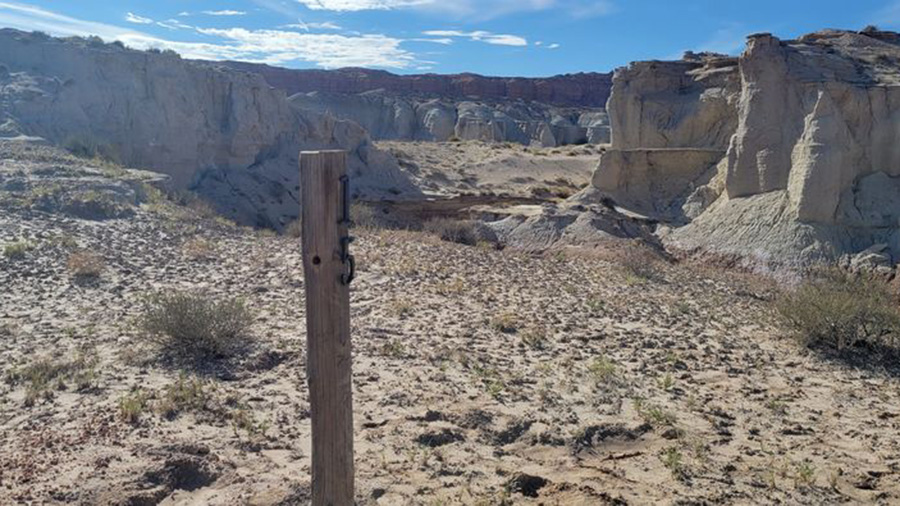
The region has several geologic shale formations that contain vast amounts of tight oil, such as the Niobrara and Mowry shales. Therefore, getting the oil out of those formations takes more energy and water than in the case of conventional crude oils. Tight shale oils are a light crude oil by chemical composition, but unlike conventional oils, they are trapped in low-permeability shale formations. Overall oil production in the region is on the upswing due to shale oil production, as new technologies like horizontal drilling, directional drilling, and hydraulic fracturing have been developed to extract the oil trapped in these rock formations. Unlike other global geographies, the three heterogeneous varieties of unconventional oils-tight shale oil, oil sands, and oil shale-are all found in the Rockies (see figure 1). While the development of unconventional oil resources in this area is anticipated for economic and geopolitical reasons, problems could arise due to the region’s persistent water concerns and fragmented governance. And the management of this oil-water interaction is particularly important because energy and water demands are intensifying as the region’s population grows rapidly. The tensions between water and oil resource challenges and opportunities are considerable in the Rockies. Statewide efforts to increase industry regulation are emerging from New York to California, and many environment groups are in support of an outright ban on the practice.Gordon was director of Carnegie’s Energy and Climate Program, where her research focuses on oil and climate change issues in North America and globally. With increased media coverage and both public and political opposition, the anti-fracking movement is spreading. įracking processes pose serious environmental risks such as surface and groundwater contamination, increased seismic activity, chemical leaks, fugitive methane emissions, habitat fragmentation and damage to ecosystems. Data also reflects that like shale gas wells, shale oil wells may have fairly low lifetime productivity. The very high decline rates of shale gas wells require continuous inputs of capital in order to maintain production. However, recent analysis suggests that the “shale revolution” might be nothing more than a bubble. Shale gas production has grown explosively to account for nearly 40 percent of U.S. natural gas production, but four of the top five producing plays (accounting for 80% of total production) are already in decline. The state is being targeted as the site of the next petroleum boom, and the topic of oil and gas leases in the state of California is the subject of controversial debate.įracking has received significant attention and investment in recent years, with promoters claiming that these sources could soon make North America virtually energy independent, with the US becoming the world’s largest oil producing nation again and the source of 100 years worth of natural gas supply. oil and gas reserves are in Southern and Central California in the Monterey shale formation, though producers have faced significant challenges. The most active shale plays in the United States are currently the Bakken shale formation (North Dakota, Montana), the Marcellus shale formation (Appalachian basin – New York, Pennsylvalia, Ohio, West Virginia), Eagle Ford and Barnett shale formations (Texas), the Haynesville shale formation (Texas, Louisiana, Arkansas) and the Green River shale formation (Colorado, Wyoming and Utah).

Hydraulic fracturing (often referred to as “fracking” or “hydrofracking”) is a relatively new method of oil and gas extraction-primarily for shale gas and tight oil-involving fracturing of rock by a pressurized liquid. Horizontal drilling (along with traditional vertical drilling) allows for the injection of highly pressurized fracking fluids into shale rock layers deep within the earth (sometimes wells are drilled more than a mile vertically down). After a well is drilled, it is cased with cement in an attempt to ensure groundwater protection and the shale is hydraulically fractured with water, chemicals, sand and other fracking fluids. This creates new channels within the rock from which natural gas is extracted at higher than traditional rates.


 0 kommentar(er)
0 kommentar(er)
